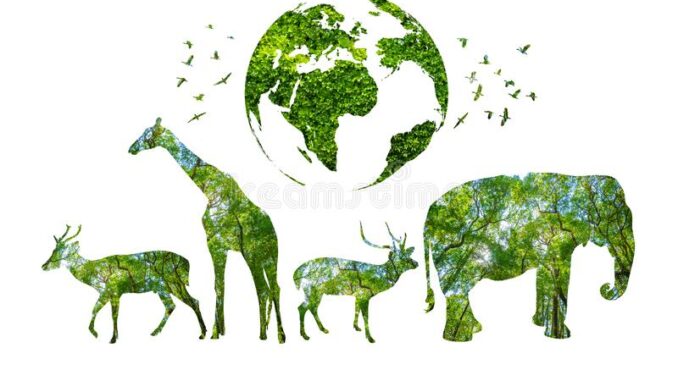
There has been a lot of unsettling news lately regarding the destiny of wildlife all around the world due to a mix of changing weather, lost habitats, increased poaching, and growing food scarcity. Even though the dire news frequently makes it seem completely hopeless, there is a lot that can be done on both a large and small scale to protect and conserve wildlife.
Table of Contents
Collaborating with others almost always results in more productivity than working alone.
A fantastic method to combine your efforts with those of others to help prevent animal abuse, hunting, or habitat degradation is to join a conservation organization. You are guaranteed to find like-minded individuals because there are many diverse organizations with a wide range of objectives. It is also a good idea to protect the natural habitat of nearby animals is to plant native plants in your garden or on any land you own. In addition to benefiting the animal population, this helps prevent the spread of exotic species, which harms the local fauna.
According to the International Union for Conservation of Nature, habitat destruction is the primary hazard to 85% of all vulnerable and endangered species. By establishing native trees, reclaiming wetlands, or maintaining local beaches, you can lessen this threat.
Recycling is one of the most popular pieces of rhetoric you will hear from environmental environmentalists, and it is frequently repeated for a reason. Making the most of our materials while using fewer non-renewable resources is possible through recycling. Really, there is no good excuse not to recycle because it is economical and gentle on the environment.
Discover fresh uses for the stuff you already have. Recycle if you can’t reuse. The Minnesota Zoo urges visitors to recycle their cell phones to lower the demand for the mineral coltan, which is extracted from the habitats of lowland gorillas.
You should attempt to avoid using pesticides and other similar chemicals if you work with plants in any way, whether it be farming or gardening. While these pesticides help keep pests away from your plants, they also cause a great deal of harm to the ecology.
Chemicals can harm and contaminate the soil where your plants are grown, in addition to merely discouraging and starving pests that would otherwise feed other organisms. Pesticides are difficult or slow to drain out.
Ensure Environmental Safety
Preserving the ecosystem where the animals dwell is one of the simplest and most efficient methods to assist wildlife.
By planting native species, manually removing invasive plant species, and tearing down old fences, you can work with organizations in your community to restore natural forests, grasslands, and coastal ecosystems.
Participate in or organize your neighborhood clean-up to help preserve the habitats of other wildlife and threatened species.
Use less, recycle more!
Reduce: Manufacturing consumes energy and natural resources, produces waste, and contributes to pollution. We use fewer natural resources and generate less trash when we consume less. Waste like plastic bags and bottles can enter the outdoors and the ocean, harming endangered species and other organisms.
Be a scientific consumer
Before you buy, consider Selecting long-lasting goods, created from sustainable materials, and packaged ecologically. Avoid items like gas-guzzling cars, disposable plastics and microbeads, paper products not manufactured from recycled paper, items grown with pesticides, and items made with palm oil that are harmful to animals and their habitats. Additionally, stay away from items that are tested on animals and have animal byproducts or parts.
Never purchase exotic animals, especially those that were caught in the wild, and never buy anything manufactured of wildlife, including mementos or items derived from its parts.
Avoid purchasing apparel or other items made with fur or feathers.
Support sincere initiatives like ecotourism, photo safaris, or locally based humane education initiatives that work to preserve wildlife in the wild.
Discover imperiled species & their habitats.
Learn about the dangers that endangered and threatened animals face. Inform your friends and family about local wildlife, including threatened and endangered species.
Visit the Convention on International Trade in Endangered Species of Flora and Fauna (CITES) database at www.cites.org, the US Fish and Wildlife Service website for information on endangered species, or the more comprehensive International Union for Conservation of Nature (IUCN) Red List at www.iucnredlist.org for information on species that are imperiled by trade.
Discover the rare and endangered species and other animals that call a national wildlife refuge, park, or another open area home. Stay educated and support laws that preserve these locations’ natural habitats and local wildlife.
Advocate for Wildlife
Your opinion counts! Encourage your state and federal political representatives in writing to back laws that protect wildlife.
Sign up for AWI action alerts, which give quick and simple methods to contact decision-makers and keep you updated about critical animal protection concerns.

Leave a Reply